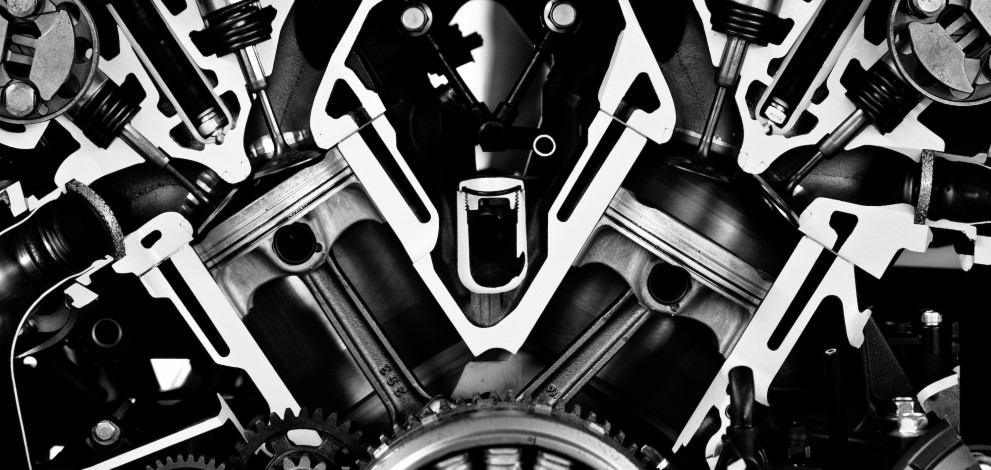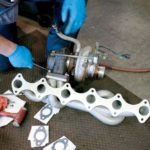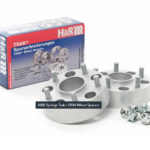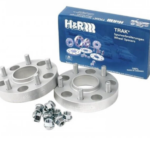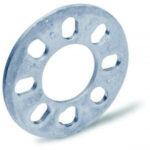We can all appreciate how important it is to properly break-in an engine.
And you need to do it safely and effectively, by following very specific steps.
If you’re not 100% sure what these steps are, or if you just want to confirm what you already know, check out our tips below.
They were compiled with the help of engine experts to save you time, money, and ultimately - your engine!
SAFETY COMES FIRST

Begin by inspecting all engine and drivetrain components.
Make sure there is no damage to the distributor, spark plugs, the wiring or the carburetor. Make sure that all accessories like your headers, alternator, and the power steering pump are on tight.
Remember that even your assembled engine can sustain damage during shipping and handling.
So, check for leaks. And check your engine’s fluid levels.
LUBRICATE YOU OIL FILTER

Before you install your oil filter, you need to fill it with oil.
Fill it half way and properly lubricate the surrounding rubber gasket. Tighten it using your hands.
Logically, you need to choose motor oil with a special engine break-in additive.
My advice is to trust and use a premium brand for both the filter and the oil. If you choose to go down the cheaper route, it could cost you serious engine damage.
PRIME THE OIL SYSTEM
You really want to avoid a dry start-up.
So disable your vehicle’s fuel system and crank engine to prime the oiling system.
Use an engine priming tool or a pre-lubricant for the job. Do this even if your engine was already dyno-tested.
Make sure your vehicle has a proper base tune. Otherwise, it could run too lean or too rich.
CHOOSE CONVENTIONAL MINERAL OIL

Use a mineral-based engine oil to break in your new engine. This will help your piston rings to seat.
The “seating” is actually the proper match between the piston rings and the cylinder. If the rings don’t create a proper seal your engine will use excess oil, leading to a loss in compression.
After the initial 6,000 km break-in you can switch to synthetic oil if you wish.
PREP THE COOLING SYSTEM

Plan ahead for this one.
Fill the cooling system with a 1:1 mix of water and a premium coolant. Do this a couple of hours before starting your engine. And leave the radiator cap off.
This will get rid of trapped air inside the system.
If you skip this step, you may notice extreme temp gauge readings once you start your engine.
And you risk water pump cavitation.
START YOUR ENGINE
You can finally start your engine!
Once you do, keep a very close eye on your oil pressure. If it’s lower than it should be, one of two things is possible:
A. You haven’t primed your oil system properly
B. Something is seriously wrong and it needs your immediate attention
SET IGNITION TIMING

The next step of the break-in process is to set the ignition timing. This will ensure you’re achieving the maximum cylinder pressure at the correct crankshaft position.
You will need to experiment to arrive at an optimal timing.
It should lie between 32 and 38 degrees before top dead center.
BREAK IN YOUR CAMSHAFT
Keep your engine running with no load between 2,000 RPM and 2,500 RPM for the first half hour. This will ensure both hydraulic flat tappet cams and roller cams are broken-in properly.
FOLLOW A BREAK-IN PLAN

Following a break-in plan will speed up the process and ensure all of your engine’s components are seated.
Basically, you should be driving your engine’s first 300 km at varying speeds and loads. Engage in some full throttle runs from a rolling start. But remember to cool your engine after.
If you want to follow a more detailed plan, try out this one:
1. Accelerate with medium throttle to 4,500 RPM four or five times. Slowly go down to 30 km/h.
2. Accelerate with hard throttle to 5,000 RPM twice. Slowly go down to 30 km/h.
3. Allow your engine to cool down. Change your oil and filter. Check your coolant levels.
4. Drive normally for the next 1,000 km, but keep your engine running below 5,000 RPM and avoid idle.
CHANGE YOUR OIL
When you’re dealing with a new engine, you need to change both your oil and filter frequently.
You should change your oil at 100 km, 1,000 km, 2,500 km, and at 6,000 km (at which point it’s safe to make the switch to synthetic oil).


